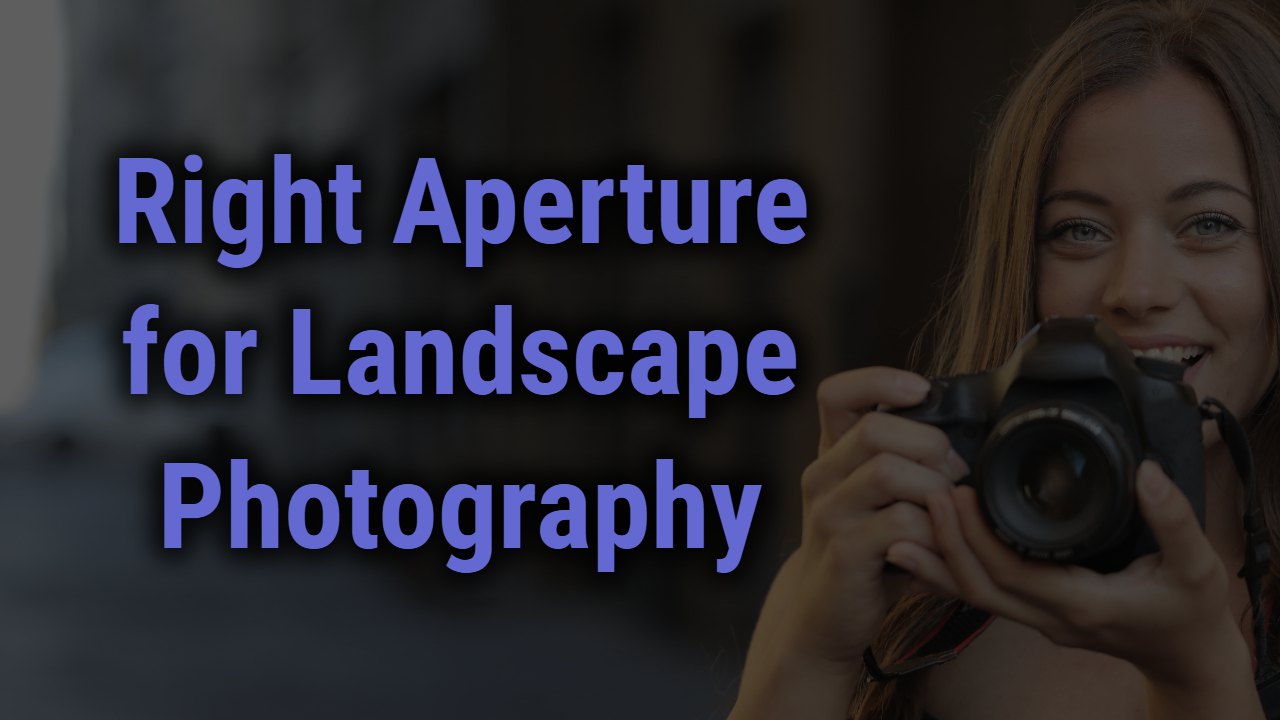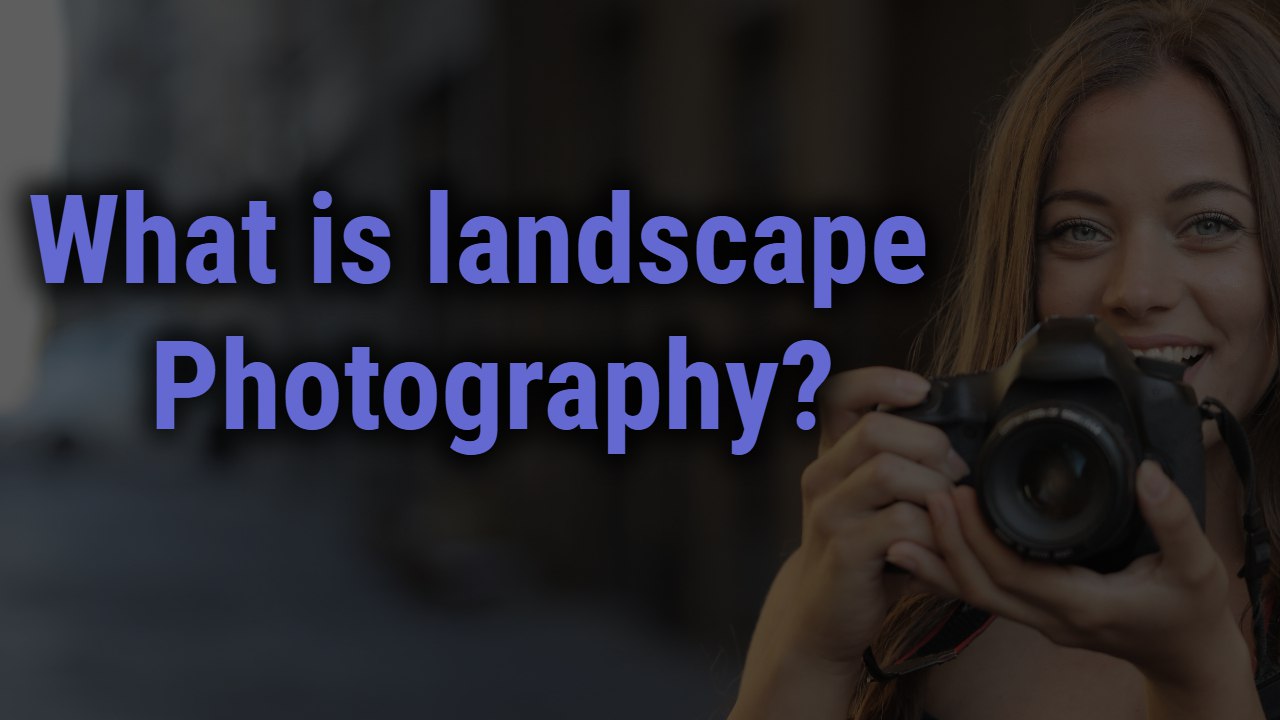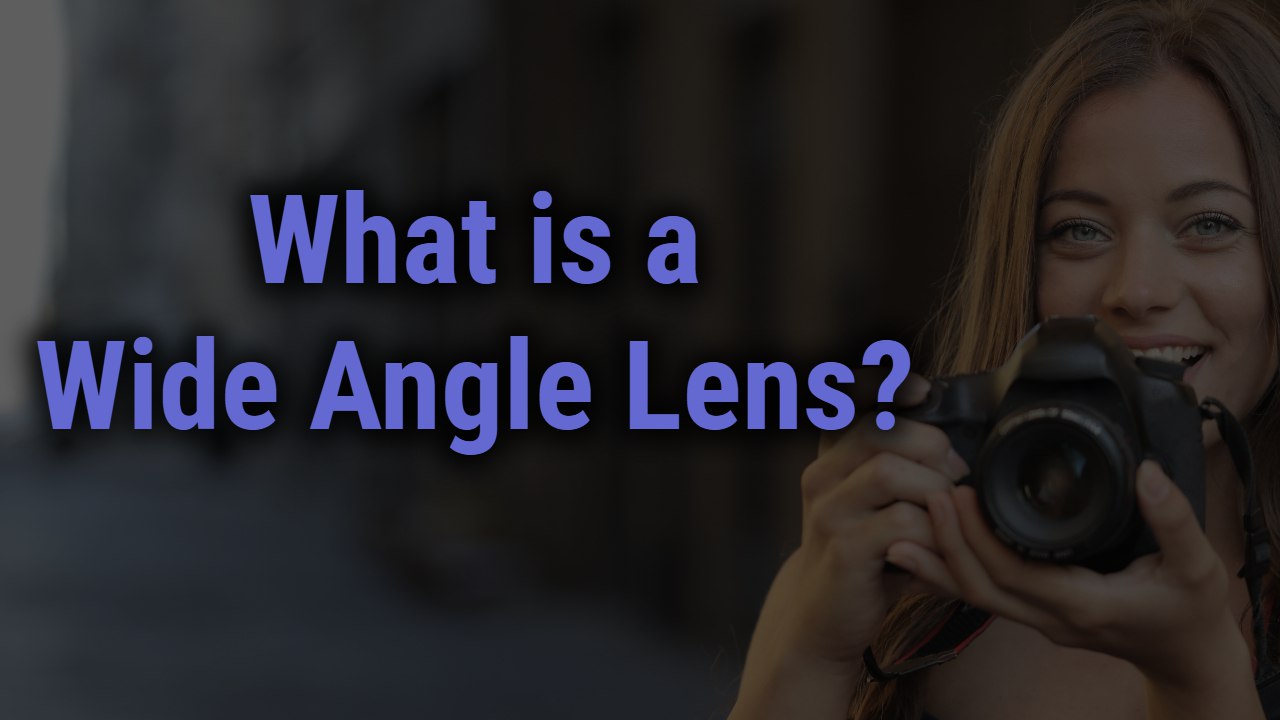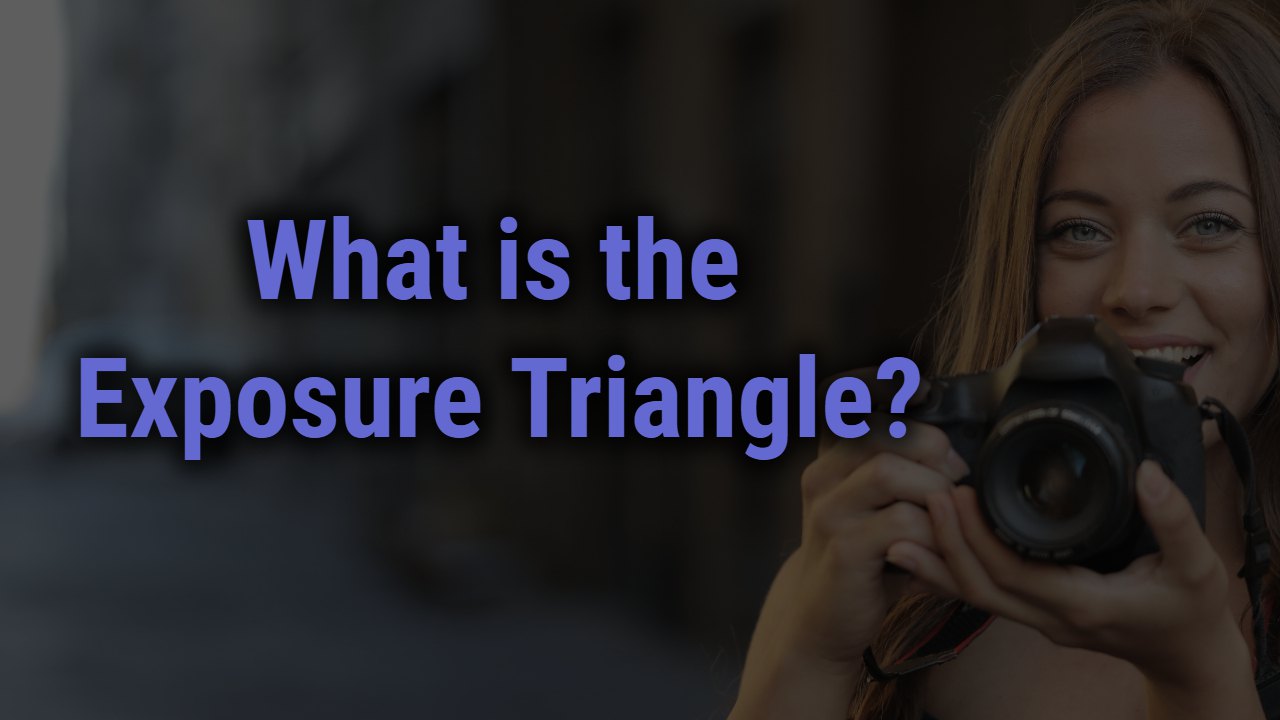Apertures are the key point of an illuminant, sharp image; however, picking up the right aperture for any photography style could be more of a struggling question.
And that, too, for something like landscape photography, is the toughest of all. Landscape filming, a broad vision filled with interesting composition, absolute sharpness, and striving for details is challenging.
Which is the best aperture for landscapes? This significantly basic question receives numerous answers and explanations, but how many of them are correct?
Because the real answer is there isn’t any one specific aperture designed for any style, much less a landscape, you can just experiment and embrace.
So let us give you an insight on the best aperture that suits landscape photography, along with other basic details, so that you won’t be facing the chaos of choosing the right value; you will just know.
This Post Contains
Know what an Aperture is?
Aperture is another crucial element, another pillar of the exposure triangle that works together to manage the exposure stability on the image. The aperture plays a significant role in analyzing and handling how much light should enter the lens and falls on the subject.
The aperture size or the light coming out is measured using a standardized F-stop number. These F-stop numbers are the mathematical calculation of the ratio of focal length to the effective aperture diameter; it is a fraction, so it’s studied a little differently.
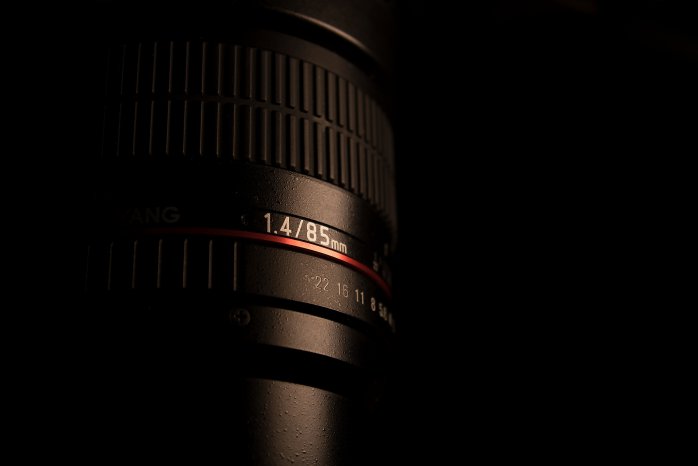
The aperture itself isn’t responsible for the clarity, quality, and sharpness of the image; there are other factors that serve as well. Also, there are a few things to consider before choosing the right aperture range for imagery, and that would be depth of field and shutter speed.
Aperture and sharpness
As we said, aperture usually refers to the opening size of the lens diameter and evaluates the amount of light entering the subject.
Remember, the bigger aperture opening means the highest light and better sharpness and clarity, while the smallest opening has lesser lighter and lowest sharpness. So, if you desire more sharpness in your shot, go for the highest aperture value with a certain condition applied.
Best Aperture setting you can explore for shooting landscapes
Analyzing, understanding, and finding the right aperture range to use for landscape shooting is the key step leading towards the sharpest professional portfolio.
Typically, landscapes have the necessary requirement of keeping all the frames in focus; every foreground and background subject needs to be sharpest and in focus. Let’s know how we can get the right aperture setting for the landscape shots.
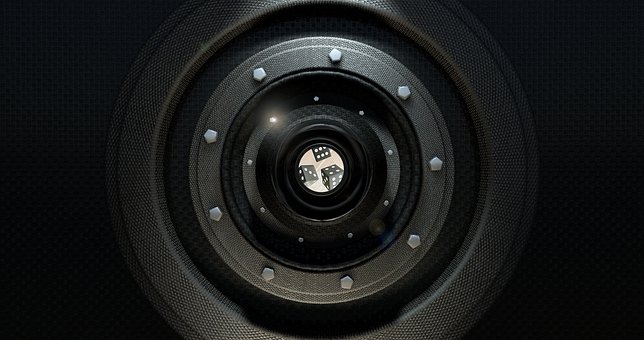
Know the Lens sweet spot– If you are a newbie learner of photography, the whole aperture factor can be really confusing to you, but one thing for sure you might have understood is that the aperture has its direct hand in exposing immense sharpness and clarity, but they don’t stay the same for every shooting style or every device. So, the aperture range at which you can get the sharpest images is articulated as the “sweet spot” of the lens. In this case, we need to find the sweet spot of Landscape photography, the range at which you can achieve better landscape shots with the greatest details and sharpness.
Technical and lengthy requirements for aperture range in landscape shots
You can’t just pick any aperture range theoretically proven good for landscape shots; there are few significant techno factors and elements of quality that need to be in consideration before making any decision-
Analyzing Depth of field– The depth of field is the amount of area that stays centered in focus; in the landscape, then we will require corner-to-corner focus and sharpness, which means the largest Depth of field will be needed in landscape.
Largest Depth of field = Narrow aperture
Finding focal length – The focal length is the distance between the lens and the sensor with the subject in focus. Now the longest focal length means the farthest it can shoot, but the shortest focal length states the broadest area it covers while shooting. So, for landscape, the shortest focal length could do the job, but it requires edge-to-edge sharpness
Short Focal length = The larger aperture.
Determining the shutter speed– The shutter speed usually defines the duration for which the shutter will be open, including the lighting, and since the landscape is a slow, deliberate, and professional shooting, a slow shutter speed will be okay to go.
Slow shutter speed= Narrow Aperture
Finding the Right F-stop – F-Stop is inversely proportional to the aperture amount, which means the higher F-stop will be, the lowest aperture or least amount of lighting enter; While the lowest F-stop means the wider aperture and higher amount of lighting on the frame. After analyzing all the details, we will pick the F-stop number for the Landscapes shot.
Ideal Aperture = Need (Depth of field + Shutter speed + Focal length)
From the above result, it concluded that the landscape shot settles for a Narrow aperture, but a Mid-Aperture range ranging around moderate lighting would be best for the landscape because of distortion and diffraction effect. The mid aperture range justifies having F/5.6 to F/8.
The easiest way of finding an aperture for a landscape shot
If you want to skip the whole lengthy procedure, you can simply evaluate the F-stop number right for your landscape shot. The F-stop number is calculated by Hyperfocal distance.
The hyperfocal distance is the area at which you get the maximum depth of field(meaning sharpness). Since it’s a landscape shot, you probably need the whole frame in focus, which means keeping an eye on the closest foreground element so that you get a sharp and focused background; more background means a widened aperture.
In logical and analytical terms, landscapes require narrow apertures, but to avoid the distortion and aberration that comes with the narrow aperture, we hereby elect the mid-range or wider aperture to achieve clarity.
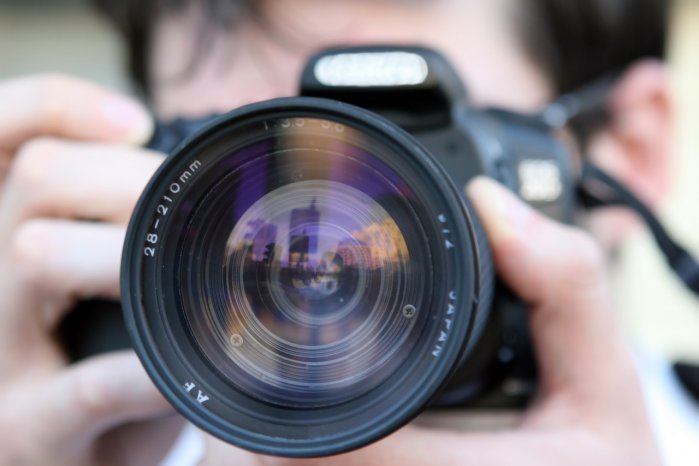
Why should one use a Wide aperture in the landscape?
Typically, a wide aperture is used to focus on the subject with a low depth of field and blur the background; but the wide aperture can be used for landscape photography as well.
In landscape shots with a wide aperture, you can count on exclusive benefits like enhanced ISO or amount of lighting, reduction of vignetting, and increased clarity which possibly means the camera lens opens to capture as much light as it can. This is best for shooting landscapes during night, sunset, or sunrise and astrophotography.
Why shouldn’t we use a narrow aperture in the landscape?
The narrow aperture meaning the greatest depth of field and perfect for the landscape isn’t muchly appreciable when it comes to exploring creative effect, sharpness, and usage of hyperfocal distance.
Even though landscape suits for a narrow aperture, we cannot use the range because the sharpness provided by the narrow aperture doesn’t satisfy the sweet spot of landscapes; besides, there might be some negative impact you can see using the lowest aperture.
Diffraction level– with the involvement of a narrow aperture, you wouldn’t ignore the risk of exposure to the heavy amount of diffraction in the image. Diffraction is stated as an optical phenomenon that reduces image quality. These are highest in narrow aperture.
Sunburst effect– You will notice the popular sunburst effect with the narrow aperture; now, the sunburst effect is beautifully attractive when shooting sun shots, but it sacrifices the other area in the frame, including the heavy decrement in the sharpness level, which cannot be afforded for the landscape’s shots.
Chromatic Aberration– Chromatic aberration happens when the different color light rays don’t fall on the same focus points; it has the risk of including the color fringing and disturbing the focus image. A narrow aperture has the highest risk of exposure to chromatic aberration.
Best Aperture for Landscape
The correct combination states that the narrow aperture is ideally fitted for beautifully optimized landscape shots, but the narrow aperture means lesser light and clarity.
If you are looking for professionalism, you should go for the narrow aperture with an F-stop ranging from F/16 to F/22. But in search of sharpness clarity, you may need to opt for a wider amount of lighting falling through edges which states the wider aperture ranging from F/2.8 to F/5.6.
Conclusion
So as we mentioned, and as you can see, there isn’t any perfect answer as to whether the aperture value is best for landscape photography. You can implement an experiment to create an artistic vision of the surrounding.
And we hope this article has given you a good start to understanding the right aperture for landscape photography.
But one thing to keep in mind; along the basic aperture setting, don’t forget to tap into the other exposure managing factors, like ISO, shutter speed, diffraction limits, or even the depth of field. Because this all collectively forms the impeccably flawless sharpness in the image.
Hope this post will guide you through helping you practice illuminated, sharp, and high-effect landscape results that make everyone envious. Happy, creative shooting landscapes.

